Inside: Boost front-end sales in retail pharmacy with these practical retail strategies.
With PBMs and DIR fees cutting into prescription profits, independent pharmacies have to get creative to stay profitable. By increasing sales on the front end that don’t have to be funneled through a middleman, independent pharmacies can help offset the losses on the prescription side.
Boosting front-end revenue boils down to two strategies: getting more patients through the door and convincing those patients to put more in their basket once they are inside the pharmacy. But these two goals can be accomplished in a myriad of ways.
Try these front-end strategies to increase retail sales free from reimbursements and clawbacks.
1. Encourage add-on purchases
Encourage patients to purchase items they weren’t planning on making when they walked into your pharmacy. These add-on purchases are huge retail sales generators for retail stores.
One effective tactic for this is cross merchandising, which means positioning complementary items from different categories together. Classic examples from grocery stores include ketchup and mustard next to hamburger buns and salsa next to tortilla chips. If you’ve ever moved facial tissue and lip balm to the cold and cough section, you’ve already tried cross merchandising.
Other ways to encourage patients to add items to their basket include:
- Keep tempting items by the cash register
- Sample or demonstrate products, especially for children
- Offer sales and discounts
- Place the most important items in the back of the store
2. Upsell
Many pharmacists and pharmacy employees shy away from upselling because they feel like they’re badgering patients.
But it is possible to upsell without feeling like a used car salesman. One method is to make recommendations that you think will actually help patients rather than just pushing random products. Your upsell should provide a solution to an existing problem.
Other kinds of upsells include add-on services like flavoring or immunizations, or appealing to patients with a discounted product. Or, recommend vitamins and supplements to patients with nutrient depletion from common medications.
More retail articles
 25 Simple Front-End Tips Every Pharmacy Can Do
25 Simple Front-End Tips Every Pharmacy Can Do
 How to Encourage Impulse Shoppers to Buy More Products They Need
How to Encourage Impulse Shoppers to Buy More Products They Need
 Merchandising Mistakes Your Pharmacy May Be Guilty Of
Merchandising Mistakes Your Pharmacy May Be Guilty Of
3. Foster loyalty
If you want your current patients to buy more every time they visit your pharmacy, incentivize them with a loyalty rewards program.
A rewards program gamifies the shopping experience for patients. If they know they’ll get points for making a purchase, it will be easier for them to justify it.
Loyalty programs are also a great way to attract new patients. According to Virtual Incentives, people are more likely to shop somewhere if the business offers rewards.
4. Assess your offerings
Not every product you choose to stock in your front end is going to be a winner. Some items won’t ever appeal to your patients, and they are taking up shelf space that could be devoted to something more profitable.
If you notice these signs, it might be time to let the product go and replace it with something that can bring in more revenue:
- Patients give negative feedback
- Product was initially a fad item
- The technology it uses is obsolete
- Discounts don’t motivate patients to buy
RELATED: These Are the Top Front-End Items to Get on Your Pharmacy Shelves
5. Use data
Your point-of-sale system contains a lot of information about your patients and their habits—and you can use that data to increase pharmacy retail sales.
Data can help you identify trends to make smarter marketing decisions. Amazon uses data to show customers which items are frequently bought together.
If your data is showing you that people who buy sunscreen also buy sunglasses, you can shelve those products together to encourage those paired purchases.
6. Specialize in something
A front-end niche is essential to standing out. Separate your pharmacy by specializing in specific niche services. When you focus on a certain niche, you create more value for your patients, which translates into more pharmacy traffic and loyalty and ultimately more retail sales.
Niche products to consider:
- Wound care
- Nutrition and wellness
- Durable medical equipment
- Sports medicine
- Local products
- Private labels
- Pet products
7. Change your pricing strategy
If you’re using an old-fashioned pricing strategy like keystoning, you could be hurting your retail sales potential.
Examine your current pricing strategy and determine if you could be doing something differently. These days, margins have to be a lot lower than the traditional 50 percent to stay competitive. If your prices are too high, you could be losing business and revenue to the chain pharmacy down the street.
You may even end up using a different pricing strategy in different store departments to maximize potential revenue.
8. Use your credibility
Pharmacists’ opinion carries a lot of weight with patients. Use your influence to guide patients toward the right products.
Increase recommendations by placing OTC products closer to the pharmacy area. The closer they are to the pharmacist, the more likely pharmacists are to recommend them. This also ensures that patients just coming in to fill their prescriptions will see some of your best products without having to browse the aisles of your front end.
Try moving your top-selling products to a display near the counter, or make a display of your favorite products. (Download our free “Our Pharmacist Recommends” shelf talkers!)
9.Run (smart) sales promotions
Cutting your prices might seem like a counter-intuitive way to increase retail sales, but when promotions are run well, they can boost your bottom line.
A compelling sale will bring in lots of patients, including new ones, giving you the opportunity to gain a lifelong customer.
The key is to make sure that your sale items don’t cannibalize the profits you make from purchases of full-price items.
Here are some tips for preserving profits while discounting:
- Know your current profit margin, markup, and breakeven point, and calculate the best discount price to still make a profit
- Discount seasonal or overstock items
- Increase the volume of items by bundling them together and marking up the price
- Offer discounts to select customers
10. Empower employees
Happy patients buy more, and one way to make patients happy is to give them a great customer service experience.
Your front-end employees are the first providers of this kind of customer service, and it’s crucial that they have the right tools to serve patients. Provide education and training so they can have decision-making power on the sales floor.
Then, they’ll be able to tailor customer service to each patient and give top-notch, personalized recommendations.
11. Stay on top of social media
Keep reminding patients what your pharmacy has to offer, even when they aren’t physically in your store.
On your social media accounts, you can post about your most interesting products and any seasonally relevant services (like flu shots in the fall) to encourage patients to drop by your store.
Read about how to make the most of your pharmacy’s Facebook page.
12. Create a welcoming exterior
An attractive storefront will encourage foot traffic to your pharmacy, and in turn, result in more revenue. Seventy percent of purchases from first-time customers happen as a result of good curb appeal.
Make sure that your “open” sign is visible from the street, that you have ample parking, and that the pharmacy is well-lit.
Other strategies to make your pharmacy more appealing:
- Use attractive signage
- Add greenery
- Use seasonal decorations
- Keep your parking lot clean
- Use eye-catching window displays
13. Sell gift cards
Offering gift cards for your pharmacy can be a great revenue generator. When a current patient buys a gift card and gives it to a friend, it creates an opportunity for you to win over a new patient.
When patients come into the pharmacy intending to use a gift card, they often spend more than what’s on the card.
A portion of the gift cards you sell will never be redeemed, which means those cards are pure profit for your pharmacy.
14. Set your store up for browsing
Your current store layout may be impeding your retail sales. If the aisles funnel patients directly to the pharmacy counter, they probably aren’t going to stop and browse.
Instead, you should put “speed bumps” in front of patients that make them slow down and look at products, even if they only came to pick up a prescription.
The more patients walk around, the more likely they’ll be to add extra items to their basket.
15. Create a great shopping experience
In a survey by the National Retail Federation (NRF), 79 percent of people said their experience with a retailer determines where they shop and what businesses they’re loyal to.
Give shoppers a great experience with these methods.
 These Are the Most Important Pharmacy Metrics to Measure
These Are the Most Important Pharmacy Metrics to Measure
This white paper includes 30+ formulas to calculate the most important metrics for independent pharmacies. You’ll learn to think like a retailer, discover the methods to track and measure meaningful pharmacy metrics, and learn ways to use pharmacy metrics to get insight into business performance.
A Member-Owned Company Serving Independent Pharmacies
PBA Health is dedicated to helping independent pharmacies reach their full potential on the buy-side of their business. Founded and run by pharmacists, PBA Health serves independent pharmacies with group purchasing services, wholesaler contract negotiations, proprietary purchasing tools, and more.
An HDA member, PBA Health operates its own NABP-accredited warehouse with more than 6,000 SKUs, including brands, generics, narcotics CII-CV, cold-storage products, and over-the-counter (OTC) products — offering the lowest prices in the secondary market.

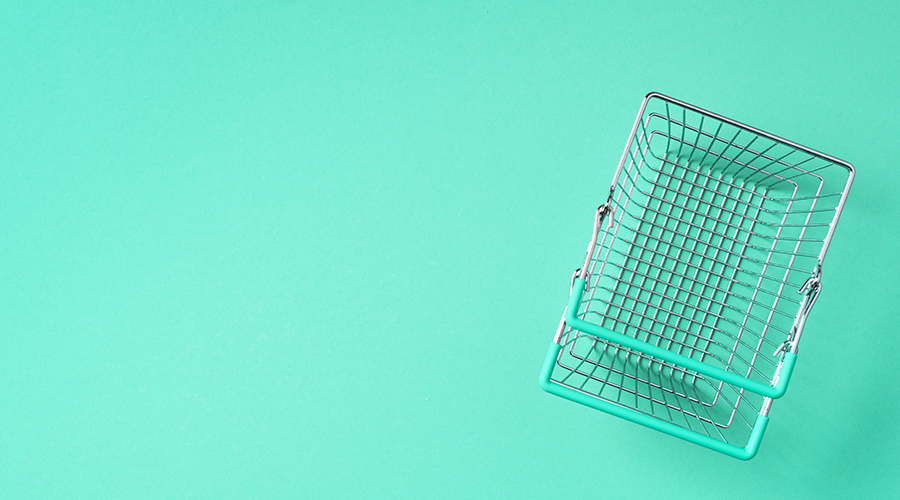
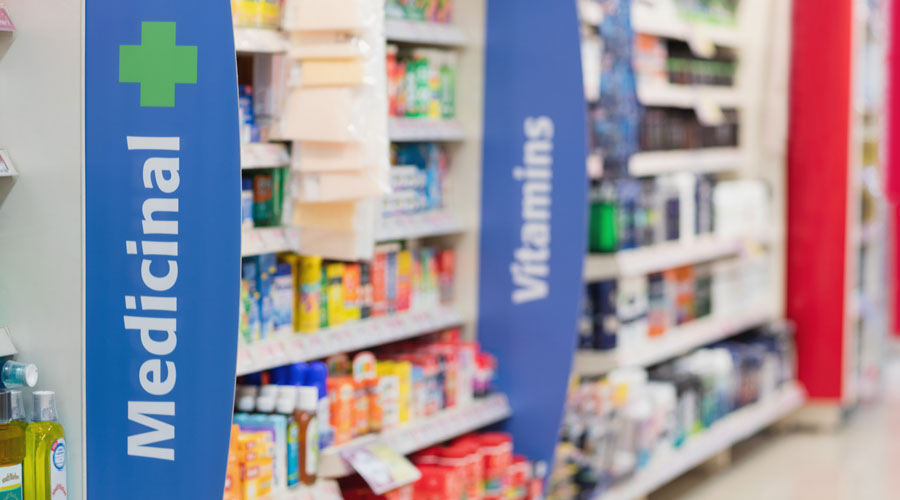
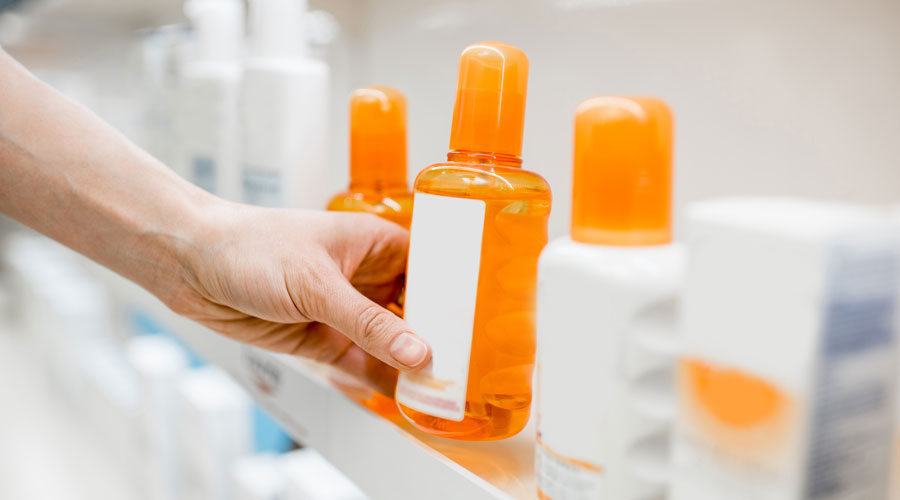
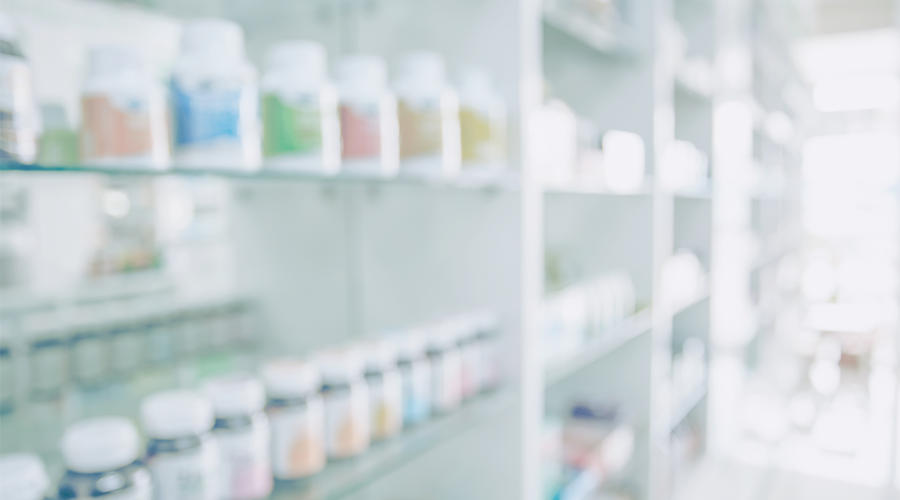
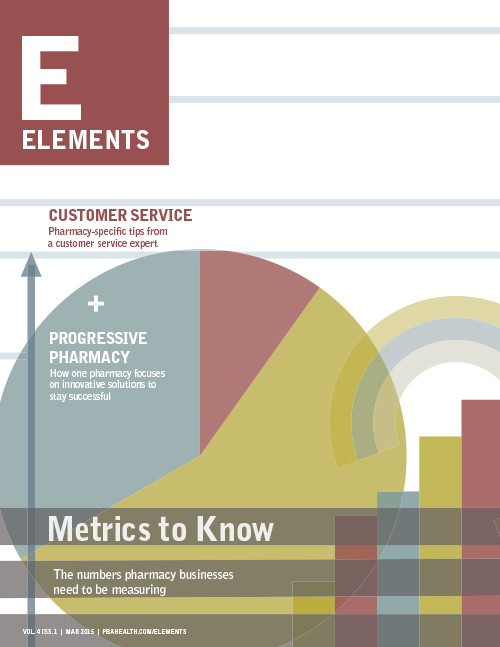 These Are the Most Important Pharmacy Metrics to Measure
These Are the Most Important Pharmacy Metrics to Measure








